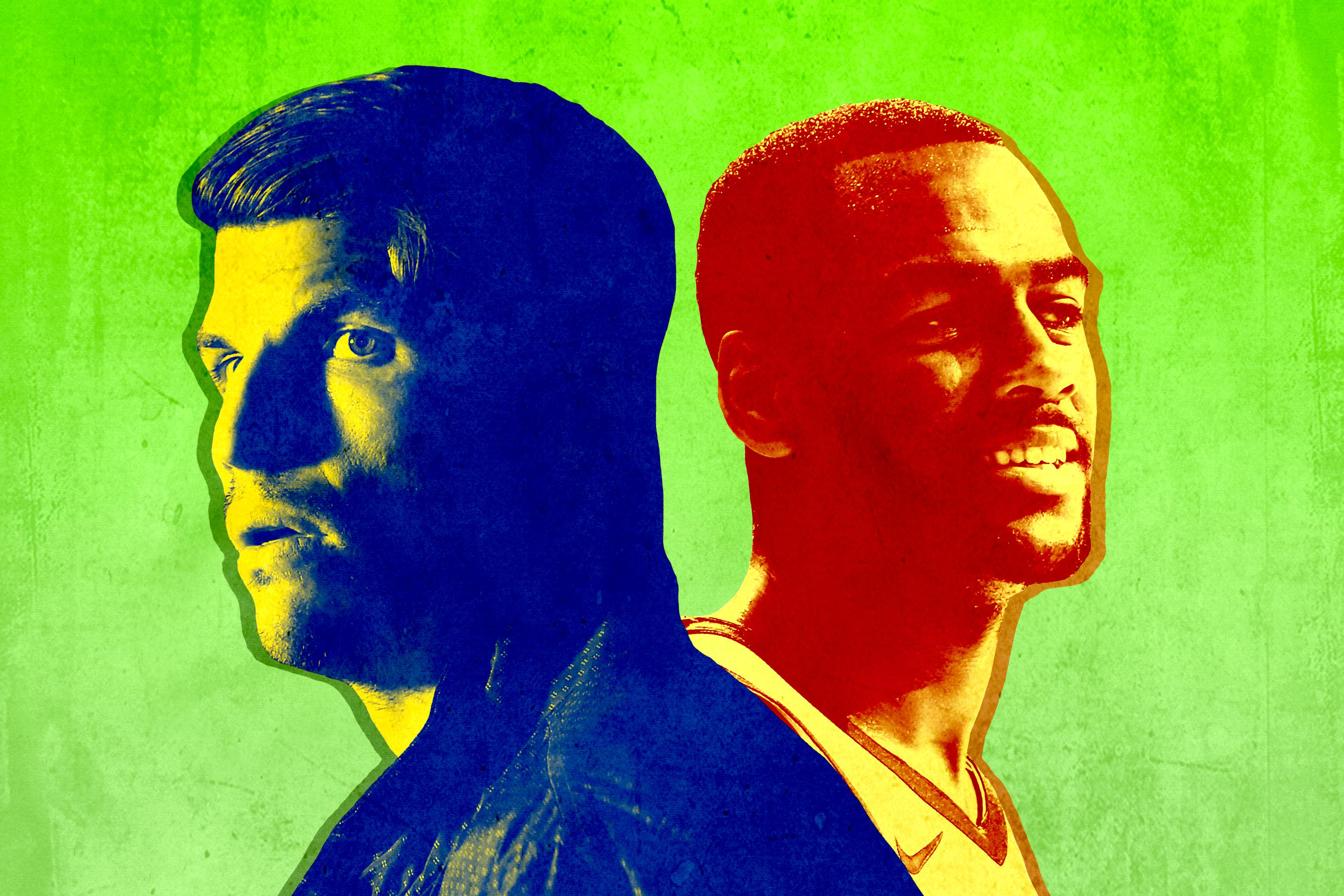
The Trade
Cleveland sends Kyle Korver back to Utah for Alec Burks and two future second-round picks (2020 and 2021), per ESPN.
What It Means for Utah
It’s no secret why the Jazz were quick to jump on Korver. Entering Wednesday night, the team was 29th in the league in 3-point field goal percentage, converting only 31.9 percent of its attempts from behind the arc, way down from the 36.6 percent it shot last season. Adding Korver should immediately assuage one of the team’s most glaring issues.
It’s been an odd season for the 37-year-old Korver: He probably wasn’t expecting to have stayed with Cleveland for this long. The three-year contract he signed with the Cavaliers in 2017 was, in part, contingent on LeBron James: It was understood that if the King left the team, Korver’s departure wouldn’t be far behind. He would either be bought out or traded. It took 19 games for the trade to happen, but both parties likely saw the writing on the wall after their 0-6 start.
At the time of the Utah deal, Korver was hitting 46.3 percent from deep, but was also averaging the fewest minutes (15.7) and 3-point attempts (3.4) per game since his 2009-10 season in—you guessed it!—Utah. That year, he set a career mark from 3, shooting a staggering 53.6 percent, which the Jazz coaching staff and fans would welcome with open arms. At his age, Korver doesn’t have the footspeed to be even a passable defender, but it’ll be worth watching how Jazz coach Quin Snyder opts to hide him within what has been an underwhelming defense thus far.
Once again, the Jazz are hoping that the solutions to their early woes are small ones that can be found in-house. A quarter of the way into the season, the Jazz appear to be every bit the team most thought they were last November. No one—short of Donovan Mitchell, or perhaps Donovan Mitchell’s mom—could have imagined a rookie filling the hole Gordon Hayward left behind in 2017-18. Utah turned out to be a solid team built on what originally seemed like shaky ground. (Ironically, Hayward’s not doing so hot in his new digs, either.)
The offense was a pleasant surprise for the Jazz last season, but is now a dark spot. Mitchell, who missed two games prior to Wednesday’s contest against Brooklyn, leads the team with 21.1 points per game, but as the Jazz’s most visible offensive star, his struggles inform the team’s as a whole: Utah’s sophomore star is shooting 28.9 percent from deep, and 41.8 percent overall. Rudy Gobert (15.3 points per game) and Joe Ingles (12.8 points per game) are next up on the Jazz’s offensive hierarchy. It’s a positive to see Gobert finishing well and scoring at a career-high level, and Ingles has been a lone bright spot on the perimeter, shooting nearly 38.5 percent from 3—but Gobert still isn’t spacing the floor, and Ingles is the only Jazzman playing regular minutes who is shooting better than 35 percent from deep. Korver shouldn’t be expected to surpass Ingles’s contribution, either, but he’s made a career as an insulator, padding the box score and spacing the floor 24 feet out with the flick of his wrist. That room will give Mitchell a better chance at returning to form sooner rather than later as he’ll have the freedom on the floor to do what he does best: a dribble-drive date with the paint. Korver is in constant motion trying to find his spots, so other gears on offense will have to move quicker to accommodate his roaming, for the better—this should help create passing lanes for Mitchell and Gobert.
If the experiment doesn’t work out, the Jazz aren’t necessarily locked into Korver. Though he has $7.5 million on his contract next season before it expires, only $3.44 million of it is guaranteed, meaning the front office could hang on to the remaining $4 million by waiving Korver before July 7.
What It Means for Cleveland
In sending Korver away, Cleveland continues its process of cycling out old characters from the LeBron James era. Fellow veteran guard J.R. Smith is now estranged from the Cavs. With the exception of Kevin Love, who was re-signed to a four-year, $120 million contract over the summer, Cleveland seems to be ready for a fresh start.
Because the team has no financial obligation to Burks beyond this season, his most useful contribution to Cleveland could be freeing up cap space. The 27-year-old’s eight-year career has been marred by injuries, but his infrequent flashes of potential when healthy are just enough to make you wonder if he could be a missing link in a team’s rotation (I may be guilty of having pitched a few pieces centered around Burks’s ascendance before he inevitably fell out of the Jazz’s rotation). He didn’t seem to be 100 percent healthy until last season, and even then, Burks was outdone twice by rookies: first by Mitchell, then by journeyman wing Royce O’Neale.
It’s doubtful Burks’s big return will happen in the Cavs’ backcourt, which is currently a home for guards preparing to fall off the map (Jordan Clarkson, Rodney Hood, George Hill) and Collin Sexton, who might be the only guard the franchise has the energy to care about developing.
Still, Burks’s best performances, like the three double-digit scoring games he had against Houston in the second round of last season’s playoffs, will have you looking Burks up during a commercial break. Google will remind you that, oh yeah, you knew this guy. And you’ll find yourself wondering why he hasn’t done better for himself. Now, finally dismissed from Utah, he’ll get his chance.